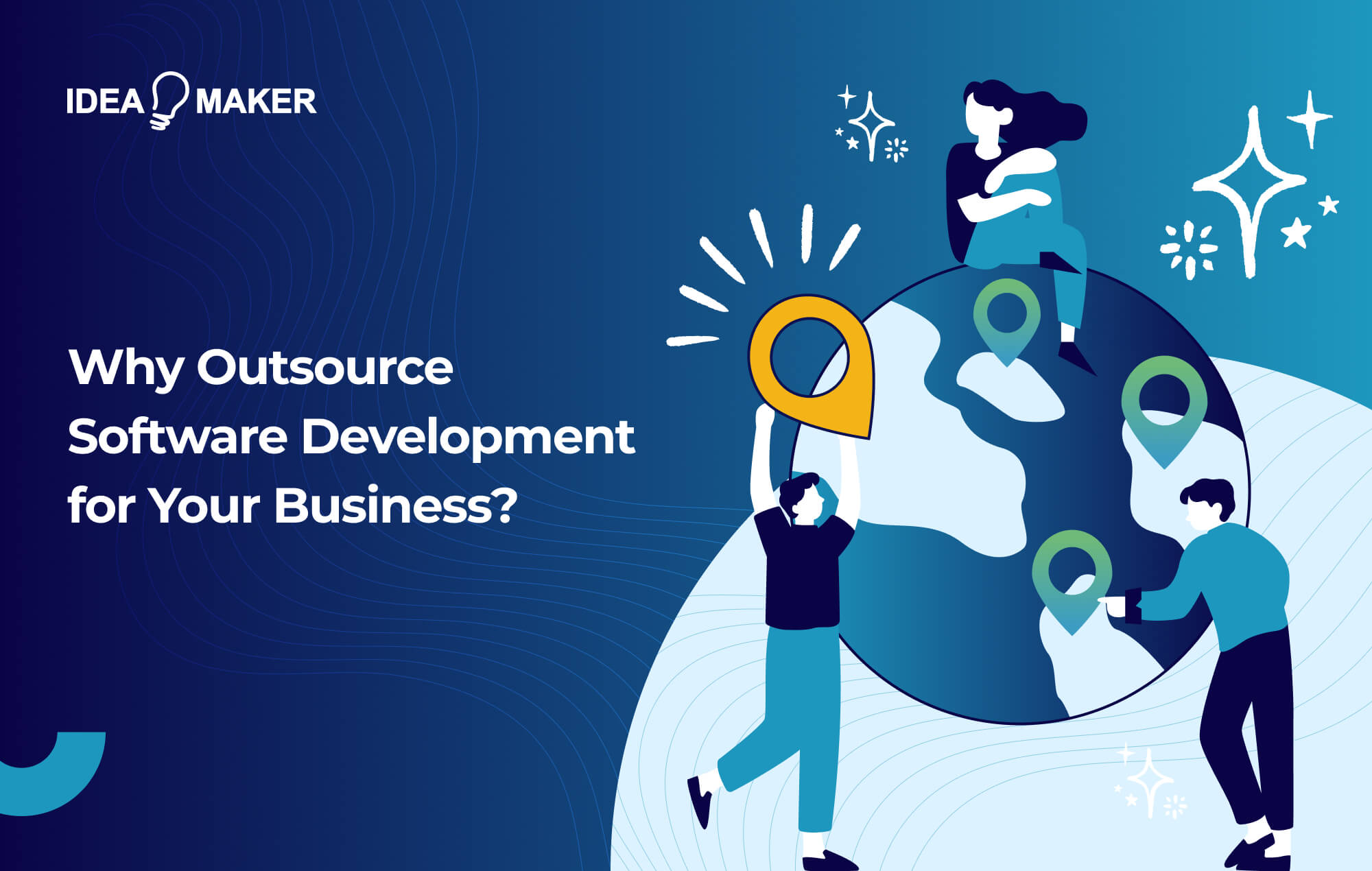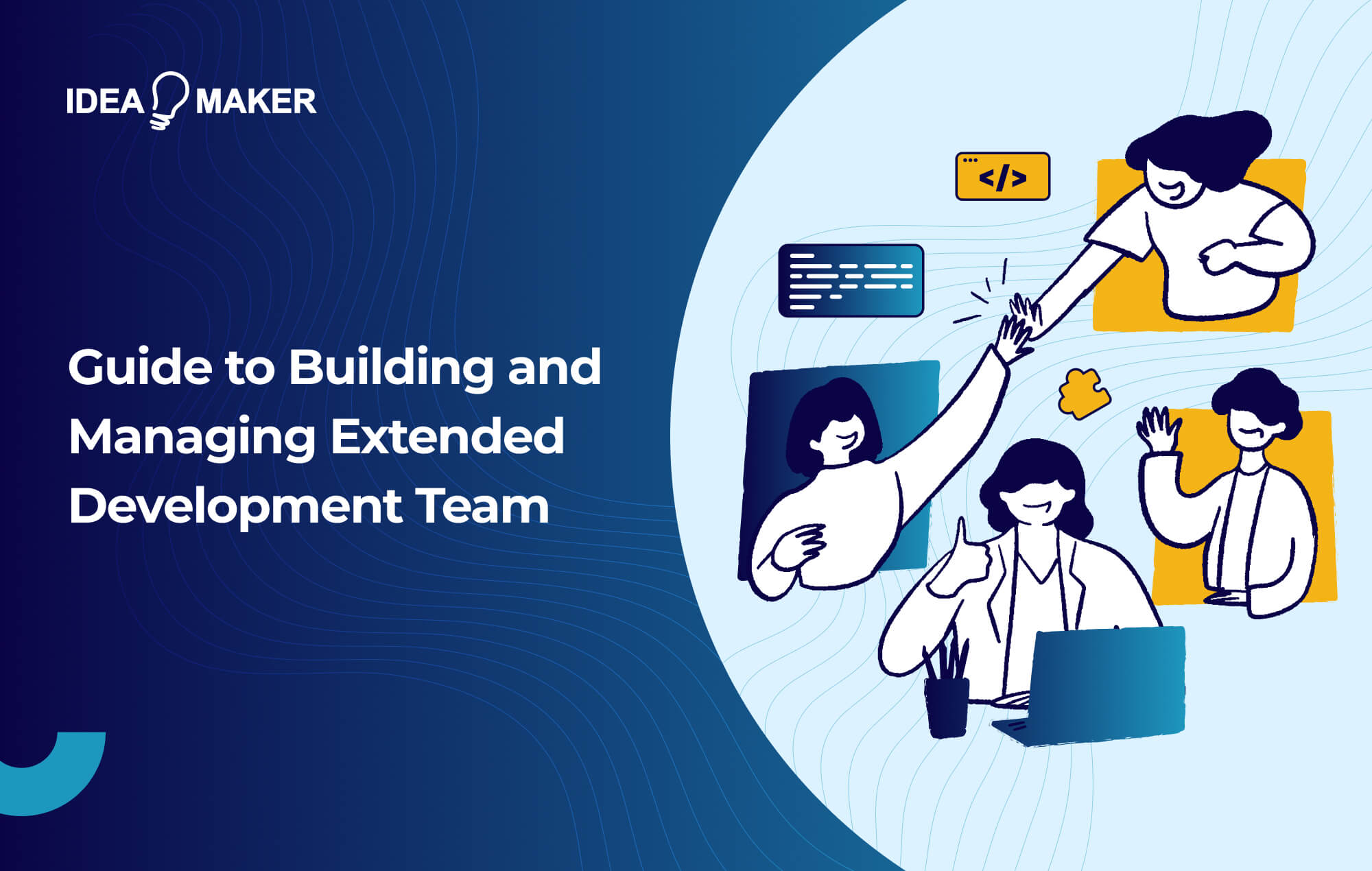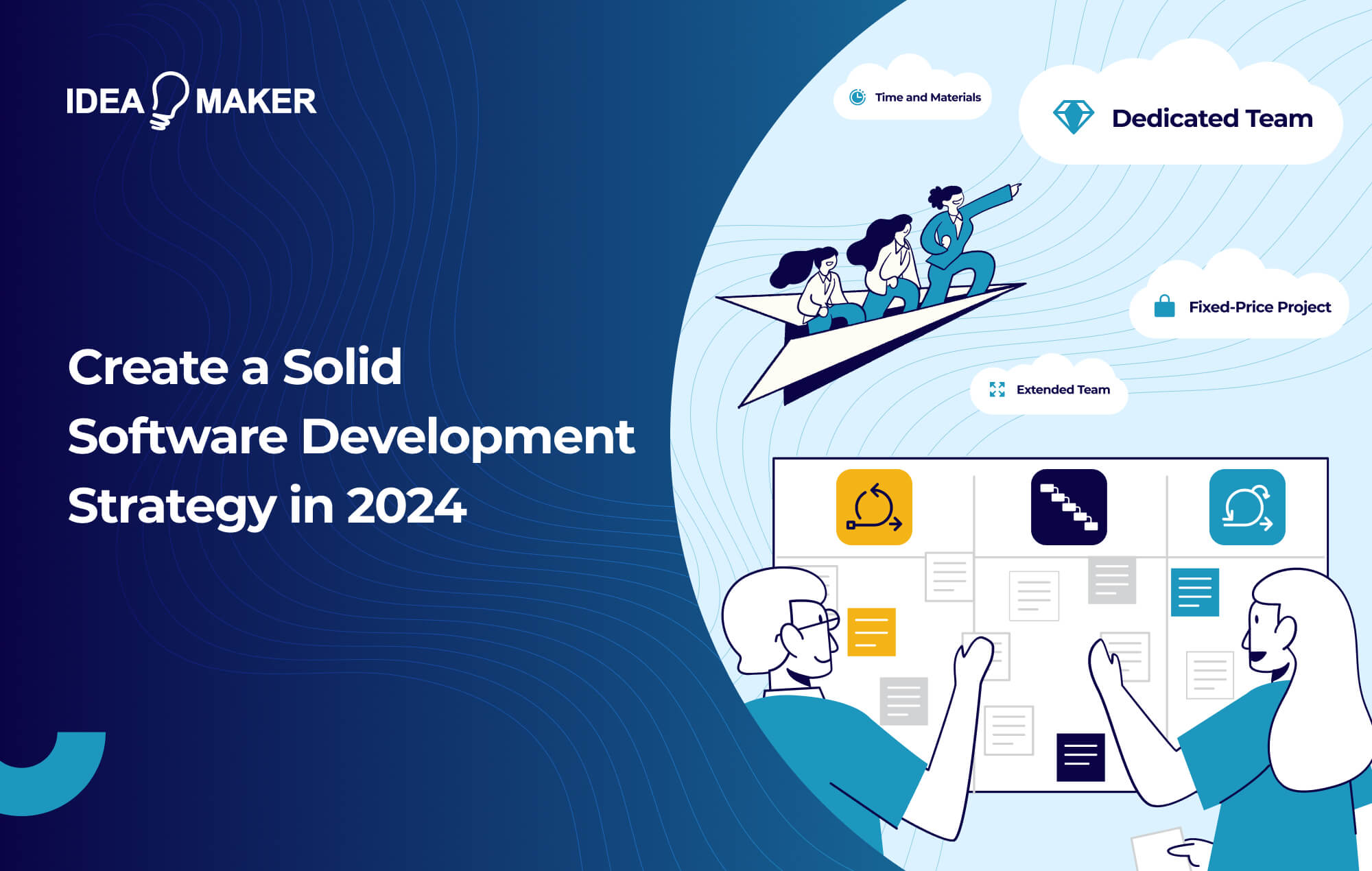Table of Contents
As the first chatbot capable of producing text that’s almost indistinguishable from human language, ChatGPT is transforming fields and specialties across the board, especially natural language processing (NLP).
In simple terms, NLP refers to the branch of artificial intelligence that allows computers to understand human language from text prompts. This means that NLP helps AI understand text prompts like a human would.
In this article, we’ll discuss ChatGPT more in-depth and explore the new opportunities the technology is opening up in the natural language processing field. Keep reading to learn more.
What is ChatGPT?
Developed by OpenAI, ChatGPT is currently one of the most popular and advanced NLP models that generates human-like text responses based on prompts.
The ChatGPT we know today is an improved version of the GPT (Generative Pre-trained Transformer) model that came out in 2018. The current version is known as GPT-3.
The public version of ChatGPT was released in 2019. It was trained using NLP and over 1.5 billion parameters. Then, in 2020, OpenAI researchers expanded the ChatGPT project by releasing ChatGPT-3, trained with over 175 billion parameters.
The training allowed GPT to understand human language and generate coherent and contextually appropriate responses in several languages. The original GPT was trained to perform tasks that include language translation, question-answering, text prediction and summarization, and sentiment analysis.
What Is NLP?
NLP is the technology responsible for making computers understand human-written language. NLP uses algorithms and computational models to analyze and process large volumes of data and extract the meanings and nuances from the text. As a result, NLP can understand nuance, sentiment, and intent by using technologies such as machine learning, rule-based modeling, and deep-learning models.
The Advantages of ChatGPT in NLP
The main benefits of ChatGPT include its ability to generate natural and coherent text, flexibility in performing several types of language tasks, and high-quality translation. For this reason, ChatGPT can be used as a valuable tool for work, communication, or studying purposes.
Natural Language Generation
ChatGPT’s ability to create human-like, natural, and coherent text has made it a powerful and valuable tool for developers. With it, developers can build automated creation tools, chatbots, and other language-related projects faster and easier.
When compared to earlier NLP models, ChatGPT-3 produces significantly better text. It has greater grammatical correctness, text readability, and natural language. Additionally, the advanced technology allows for engaging and personal text interactions, improving the user experience through prompt interactions.
Improved Text Completion
One of the best functions of ChatGPT is its ability to predict words or even entire sentences.
Text prediction from ChatGPT is primarily used in messaging apps and search engines to help people communicate and perform searches online quickly and accurately.
The model’s advanced prediction skills also allow search engines to improve user experience by making search suggestions faster and more accurate.
Improved Language Translation
Previously, artificial intelligence language translation was consistently inaccurate and lacking in tone or intention. However, ChatGPT overcame this issue by offering higher-quality machine translations, thanks to its advanced language processing capabilities and huge training dataset.
ChatGPT can understand and translate text between languages accurately, taking into account the tone, sentiment, and nuances.
The ability to accurately translate nuanced parts of the text makes ChatGPT a valuable tool for international cultural exchange and communication.
Better Chatbot Conversations
Many companies use chatbots to save money on labor, provide quicker support, and streamline communication between customers and businesses. The issue with regular chatbots is that they feel static and unengaging.
Meanwhile, ChatGPT-powered chatbots provide human-like, customized, and highly engaging responses. It improves customer engagement and generates relevant answers with natural language.
ChatGPT’s ability to understand nuanced conversations can also help avoid miscommunication, generate accurate answers, and improve user satisfaction.
Increased Efficiency
ChatGPT can process large amounts of text data quickly. Efficient information processing is valuable in translation, content creation, sentiment analysis, report building, and other types of text content.
Businesses can use ChatGPT to quickly turn large amounts of text data into easy-to-use text data that can be used to fill Excel sheets, calculate expenses, or organize stock in a fraction of the time a human would.
Examples of ChatGPT in Action
ChatGPT can be found in chatbots, language translation, content creation, personalized recommendations, and voice assistants.
For example, Google uses ChatGPT to create solutions to improve their translations, Spotify uses it to understand user preferences, and virtual assistants like Alexa and Siri use it to improve their natural language processing.
Content Creation
Many businesses are using ChatGPT as part of their company workflow to speed up the creation of content, publish news, create product descriptions, and post on social media.
Some businesses are taking it a step further by making ChatGPT part of their company. Copy.ai, for instance, has developed a platform that uses AI tools to create high-quality curated content. Copy.ai uses ChatGPT to write ads, social media posts, and other marketing materials for its clients that are interesting and catchy.
Question Answering
One of the mainstream uses for ChatGPT is quickly answering questions regarding any subject. ChatGPT can turn complex questions into simple answers, creating accessible information for people from otherwise hard-to-understand topics.
Microsoft’s Project Turing currently uses GPT-3 to train and improve AI’s answering capabilities. The idea behind Project Turing is to use advanced techniques to train AI faster, produce more human-like answers, and make AI interactions more intuitive.
Content Filtering
The language processing features of GPT-3 can analyze, filter, and remove offensive or inappropriate content from online forums, comment sections, and other online platforms.
The technology analyzes text data in real time and identifies phrases, linguistic patterns, and keywords that could be used to describe content that could be abusive or offensive. For example, the company Two Hat is currently using GPT-3 to filter and remove potentially harmful content from many online platforms.
Creating New Opportunities with ChatGPT
ChatGPT is a valuable tool for both individuals and businesses because it opens new opportunities and streamlines manual labor. Many areas can benefit from using language processing to create high-quality content, including marketing, finance, programming, customer service, and content creation.
Businesses can feed customer data to ChatGPT to create highly customized and engaging recommendations. Marketing teams can also use it to create engaging copy for emails and blog posts.
Online content creators are using ChatGPT to make YouTube video scripts based on analytics, target audiences, and preferences, as it allows creators to deliver videos tailored perfectly to their audiences.
Ethical Considerations with ChatGPT
Using ChatGPT comes with several potential ethical concerns. Since the AI is only as impartial as the data used to train it, the information the language model provides may be incomplete, incorrect, or biased.
The eloquence and human-like language used by ChatGPT-3 can also be misused to deceive, spread misleading information, or spread fake news. Because of these problems, we need regulatory frameworks and ethical rules to make sure that AI is used to help society.
Businesses that plan to use ChatGPT as part of their operation must also use concise ethical guidelines and human supervision to mitigate potential harm and guarantee efficiency.
Future of ChatGPT in NLP
As advanced NLP models like ChatGPT rise in popularity, we can expect to see them used in important parts of society like education, health care, cybersecurity, and marketing.
These integrations will improve our understanding and management of complex data, streamline decision-making, and provide more personalized solutions for daily problems.
Personalized Education
ChatGPT can help students by analyzing their interests, learning styles, and strengths. Then, through this information, the language model can generate highly personalized study material that’s tailored to the student’s needs.
Additionally, ChatGPT provides real-time feedback and suggestions to the student. It identifies subjects and areas where students struggle and offers alternative teaching methods, such as simulations and games, to improve the learning experience.
Personalized Healthcare
ChatGPT offers a personalized healthcare recommendation based on a person’s diet, lifestyle, and health history. In addition, advanced NLP models can analyze factors like exercise, habits, and sleeping schedules to provide customized recommendations to improve lifestyle and mitigate health issues.
Enhanced Cybersecurity
By quickly and efficiently analyzing text data, system logs, and databases, ChatGPT can find possible risks and threats to improve cybersecurity. For instance, identifying someone logging into the system from an unknown location can prevent critical data loss.
Language models like ChatGPT can also collaborate with spam filters to identify potentially malicious emails and phishing attempts. By detecting and notifying cybersecurity professionals about potential security breaches, these models can help enhance the overall security system and prevent future cyberattacks.
ChatGPT Integrated Software From Idea Maker
ChatGPT is a powerful language processing tool that can significantly boost security, improve customer satisfaction, streamline content creation, and increase operational efficiency. It has expanded since its release to the public in 2019, and there are no signs that it will slow down.
Want to take your business to the next level using ChatGPT? Contact Idea Maker today and schedule a meeting. Our team will happily walk you through the onboarding process and help you integrate ChatGPT into your business.



